Lost Continent (1990) #1-6 by Akihiro Yamada.
The last and perhaps least of the Japanese comics published by Eclipse (in collaboration with Studio Proteus), we here have a quite peculiar publishing strategy: While this is in the normal early-90s format for these things (squarebound, 56 pages a pop), there’s very little on the cover that screams “this is Japanese, dude”. It basically looks like a European comic with a cheesy American logo on top.
When you open it, it’s clear that it’s Japanese, but it’s not done in the cluttered overload style that’s the most commercially successful one. Instead we’ve got what looks like photos that’s been through a very high-contrast Xerox machine and some Japanese guys that look kinda European.
The two female characters look very Japanese, though… and totally indistinguishable from each other, which is typical.
The lack of backgrounds in most panels is just plain bizarre. Perhaps Yamada is one of those year Japanese comics artists working within the children’s comics business that doesn’t have a stable of assistants to do most of the drawing?
That certainly would explain pages like the above.
After staring at some of these drawings, which basically don’t look like anything a human would draw…
Sobel! It’s the Sobel image transform! So Yamada is taking his photo reference (which he has a lot of, I suspect), running it through an SGI workstation (those were around at the time, if I remember correctly), and then tracing the results by hand.
It’s certainly a… look…
I knew my university course in image algorithms would be useful one day.
Anyway, with that mystery solved, I paid some more attention to the plot. The book is a very quick read, but it’s pretty exciting at the start. We’re presented with a bunch of mysterious happenings, and then there’s action, and lots of people are having a conspiracy, and everything’s going great…
… and then Our Hero finds a diary that explains everything, and any excitement disappears completely.
Not only that, but we also get a scene where the evil bad guys explain how evil they are to each other in details. *sigh*
So back to the art: The one female face Yamada knows how to draw is very appealing.
He has a lot more fun with his male characters. He’ll drop into this sort of rendering at random.
And then suddenly… MONSTERS! Body horror!
And then it’s gone again and he’s tracing photo reference again. It’s kinda confusing, art wise.
Hey, that’s a great one!
One thing that Yamada’s photo reference helps with is his depiction of these black men. Japanese mainstream comics are usually horrifically racist, but Yamada’s depiction of them, even as naked savages *gasp* is a lot less caricatured than you’d expect. Even if they get no lines to speak.
Oh, I forgot to mention the plot, but you’ve read and seen the exact same thing a million times before, so there’s no need. I’ll just tell you: A lost country (with dinosaurs) under the North Pole. You know how these things go, and that’s exactly how this goes.
I hadn’t heard of Yamada before, but he’s apparently a very successful illustrator now, which I can totally understand.
This series hasn’t been reprinted, as far as I can tell.

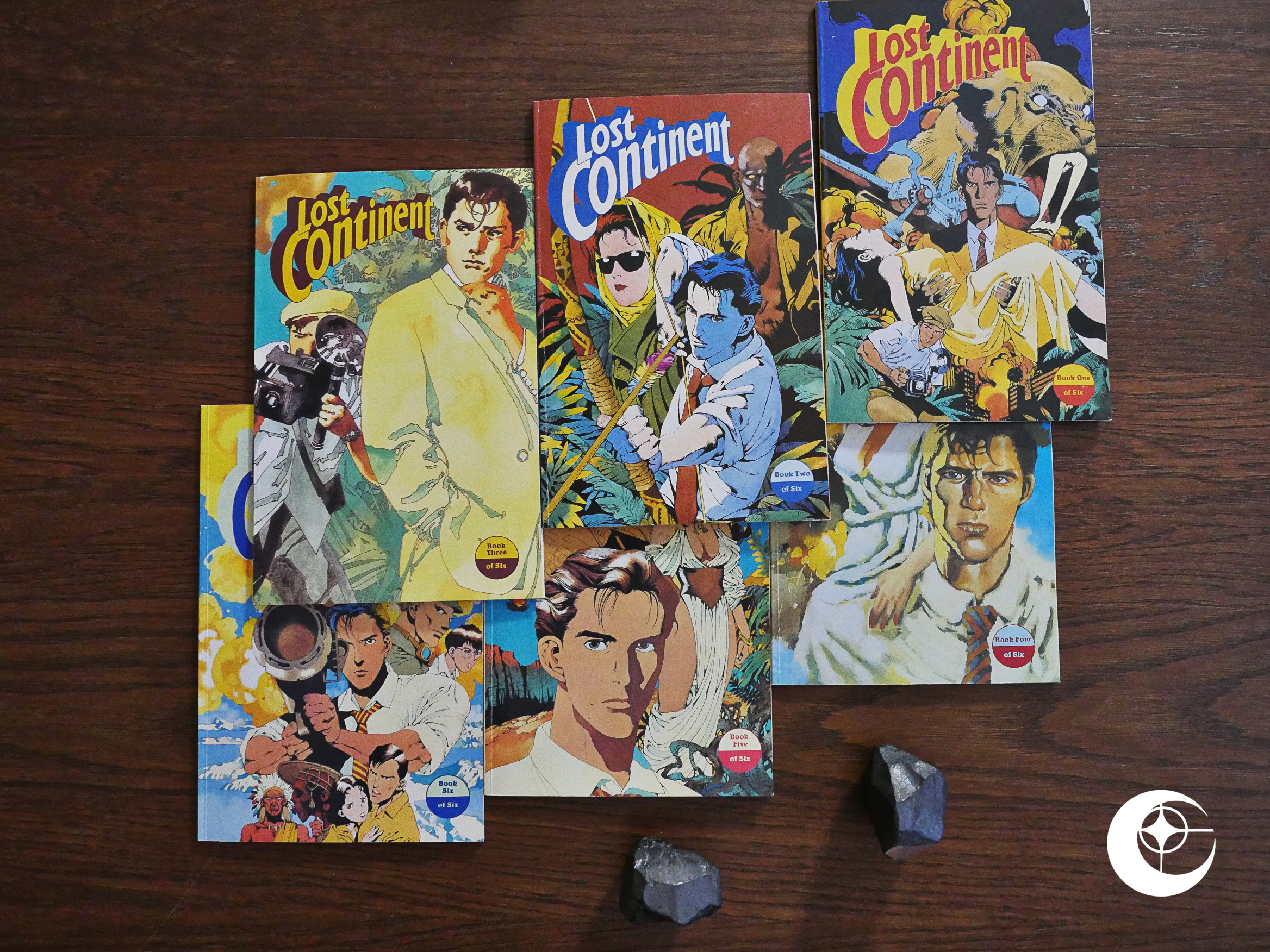
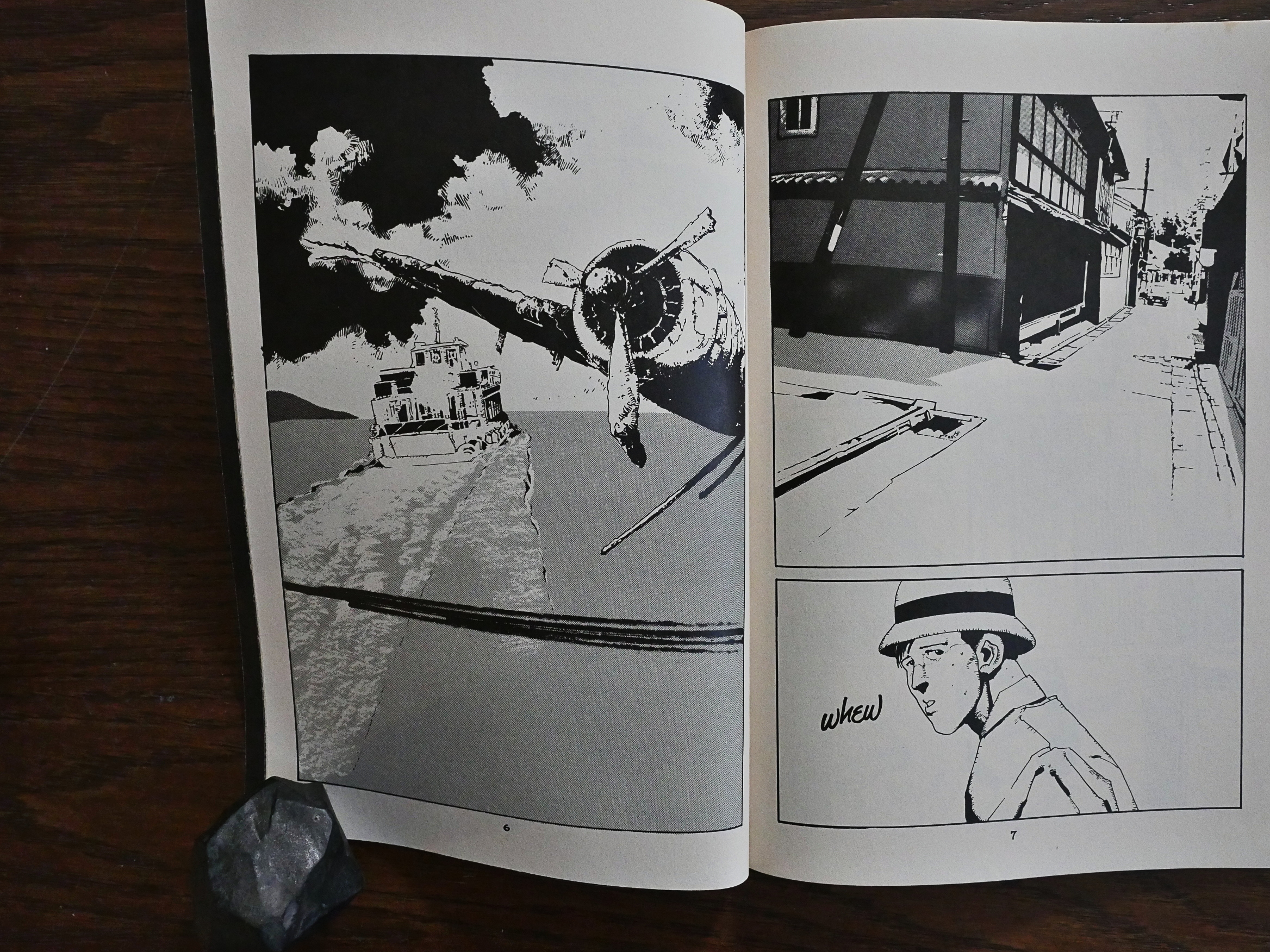
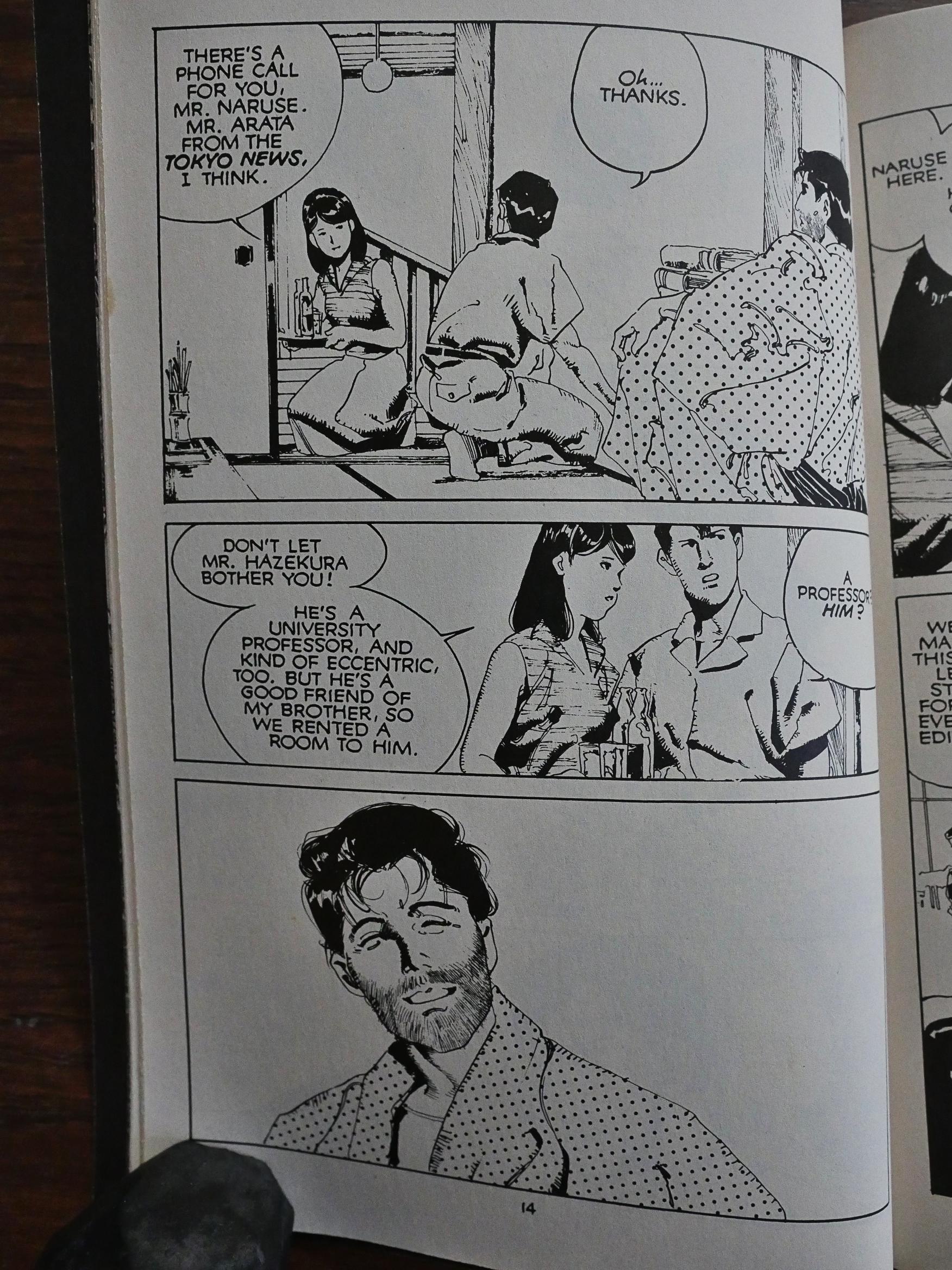
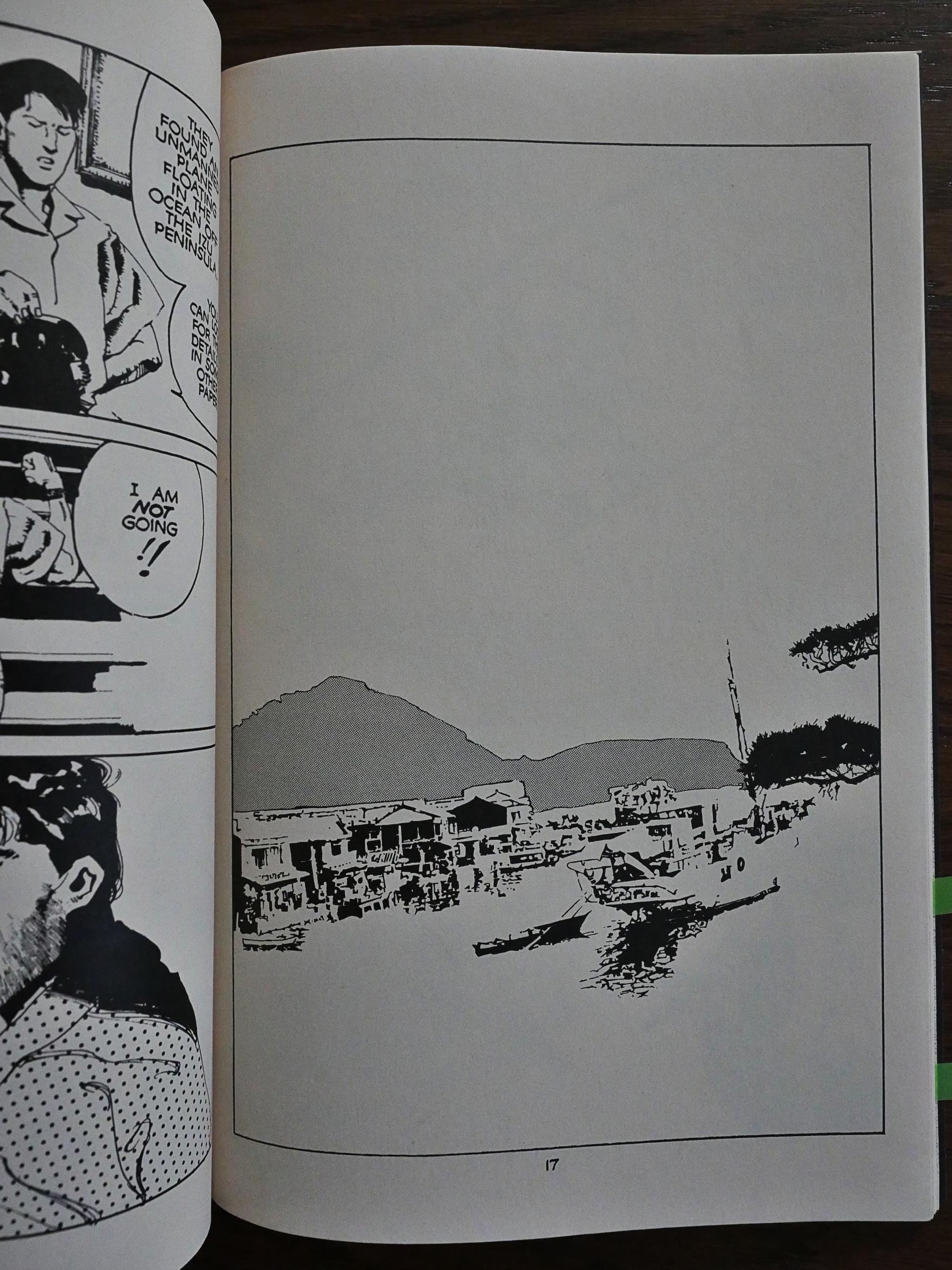
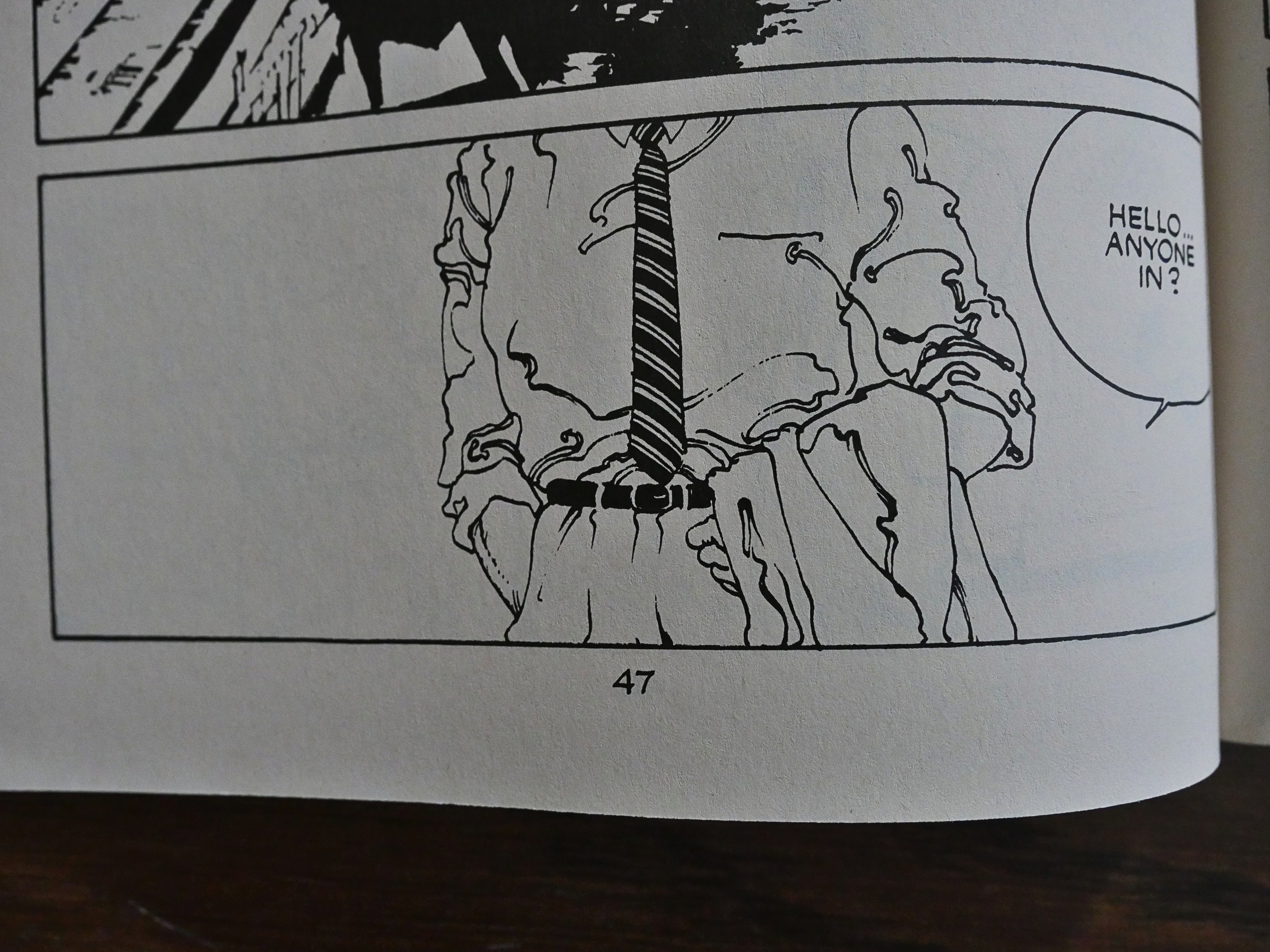
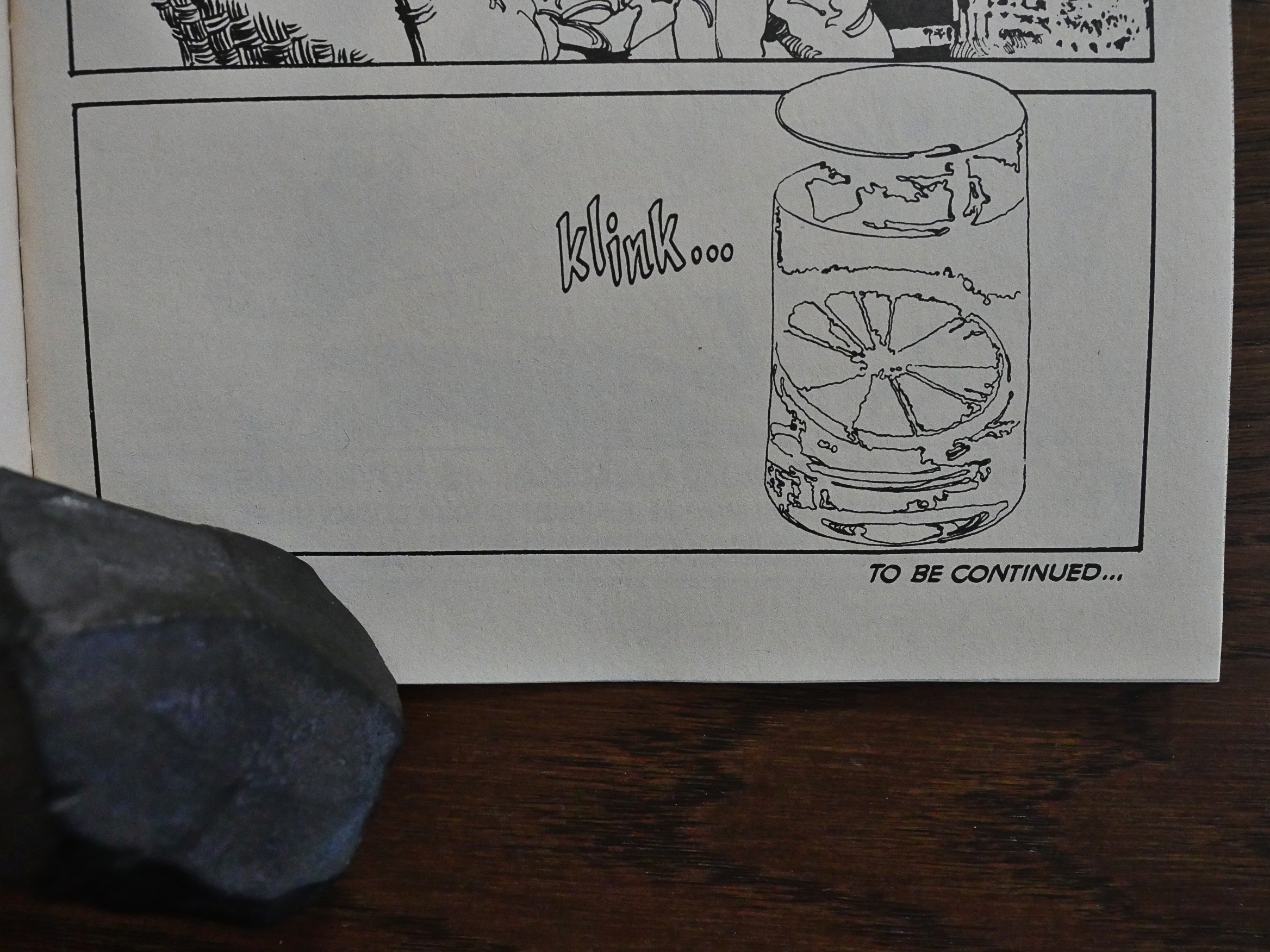
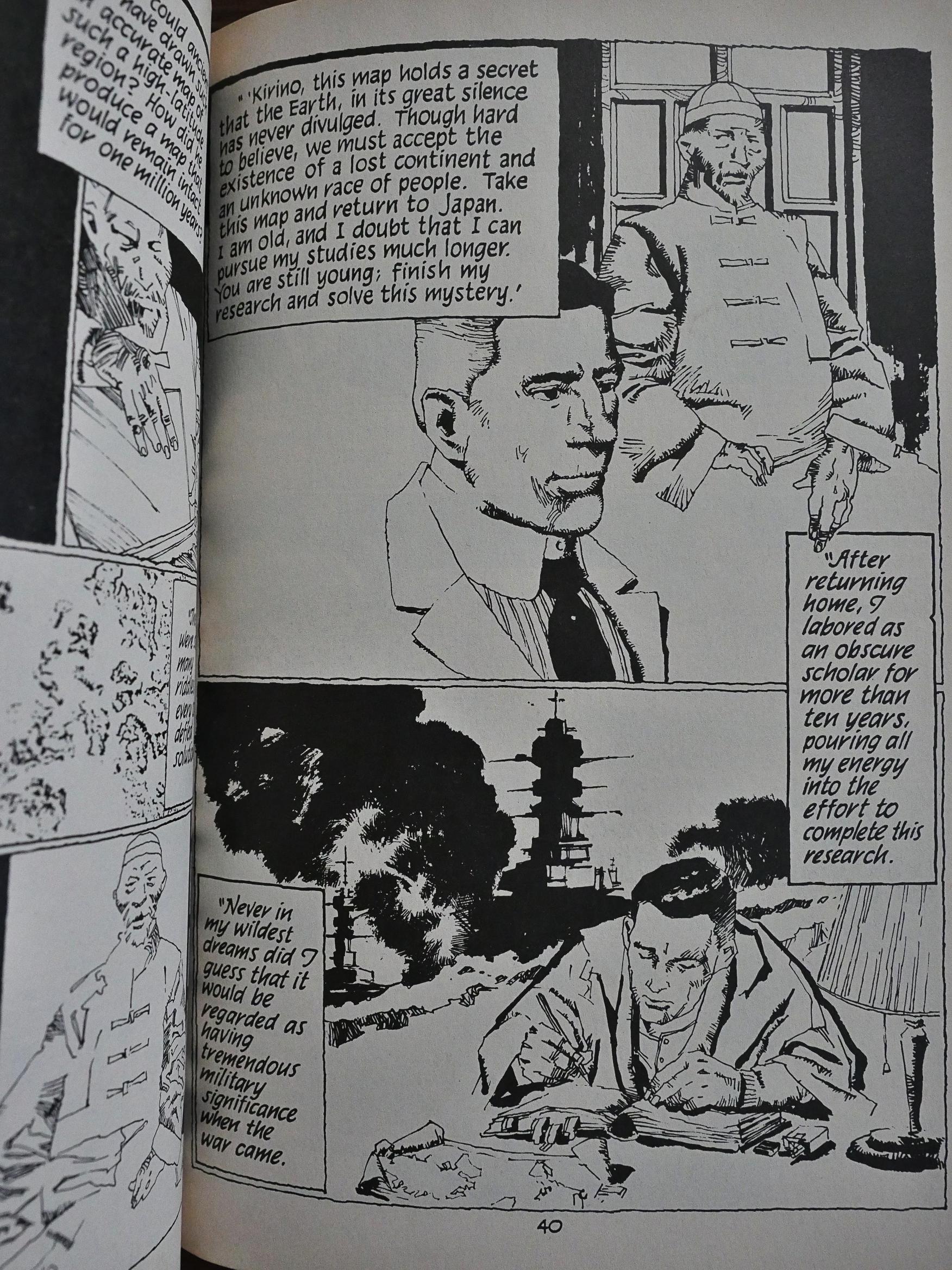
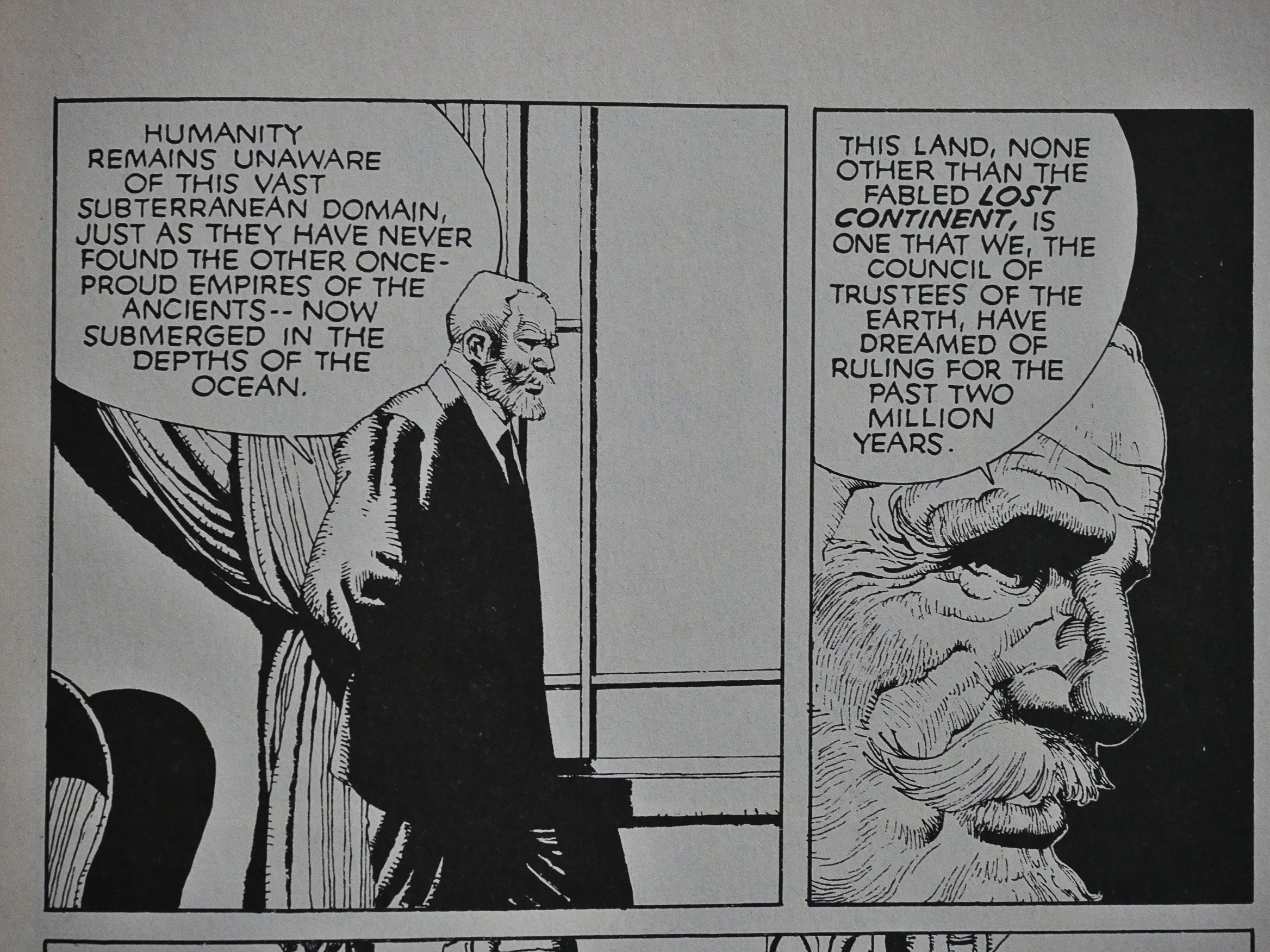
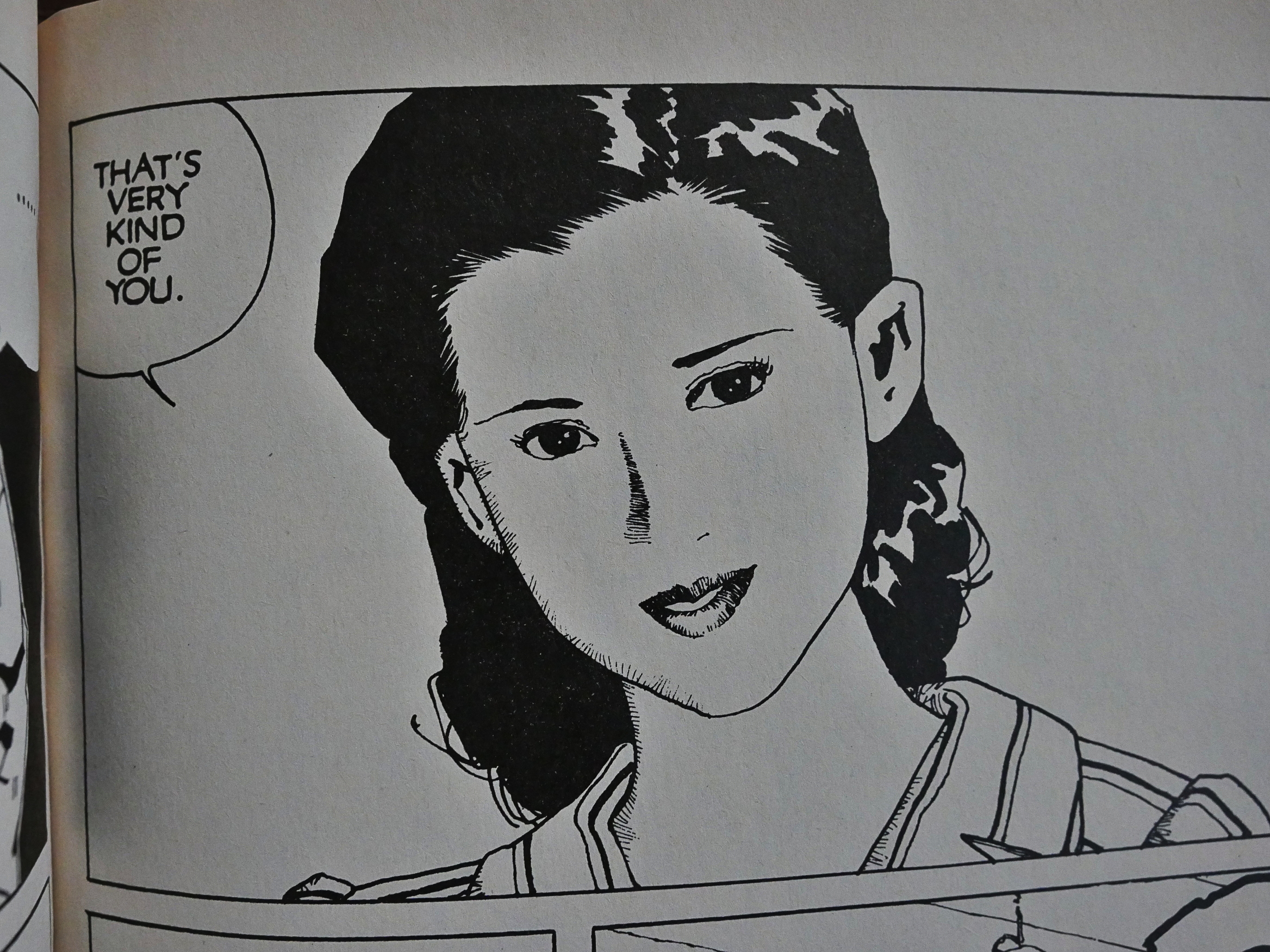
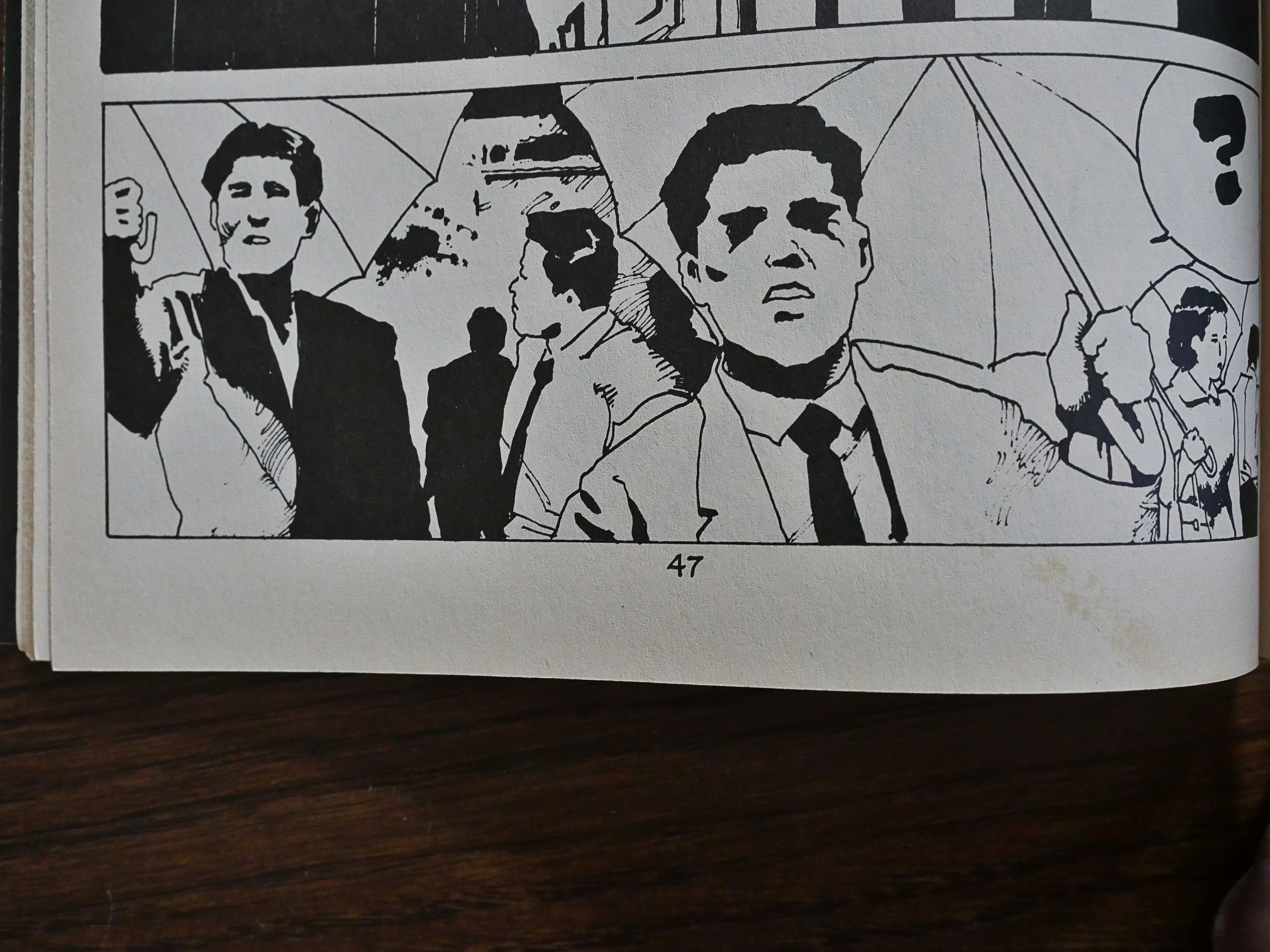
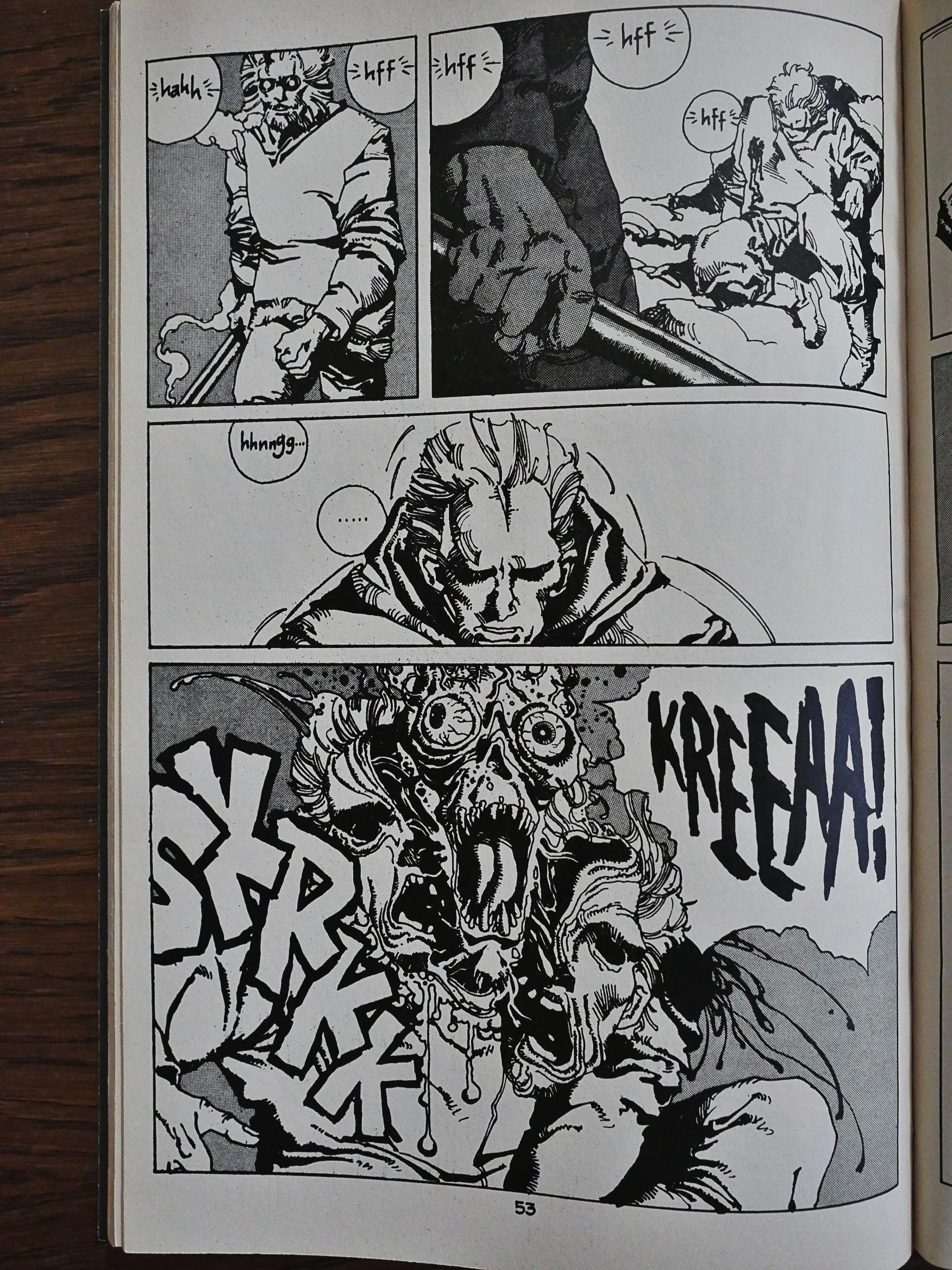
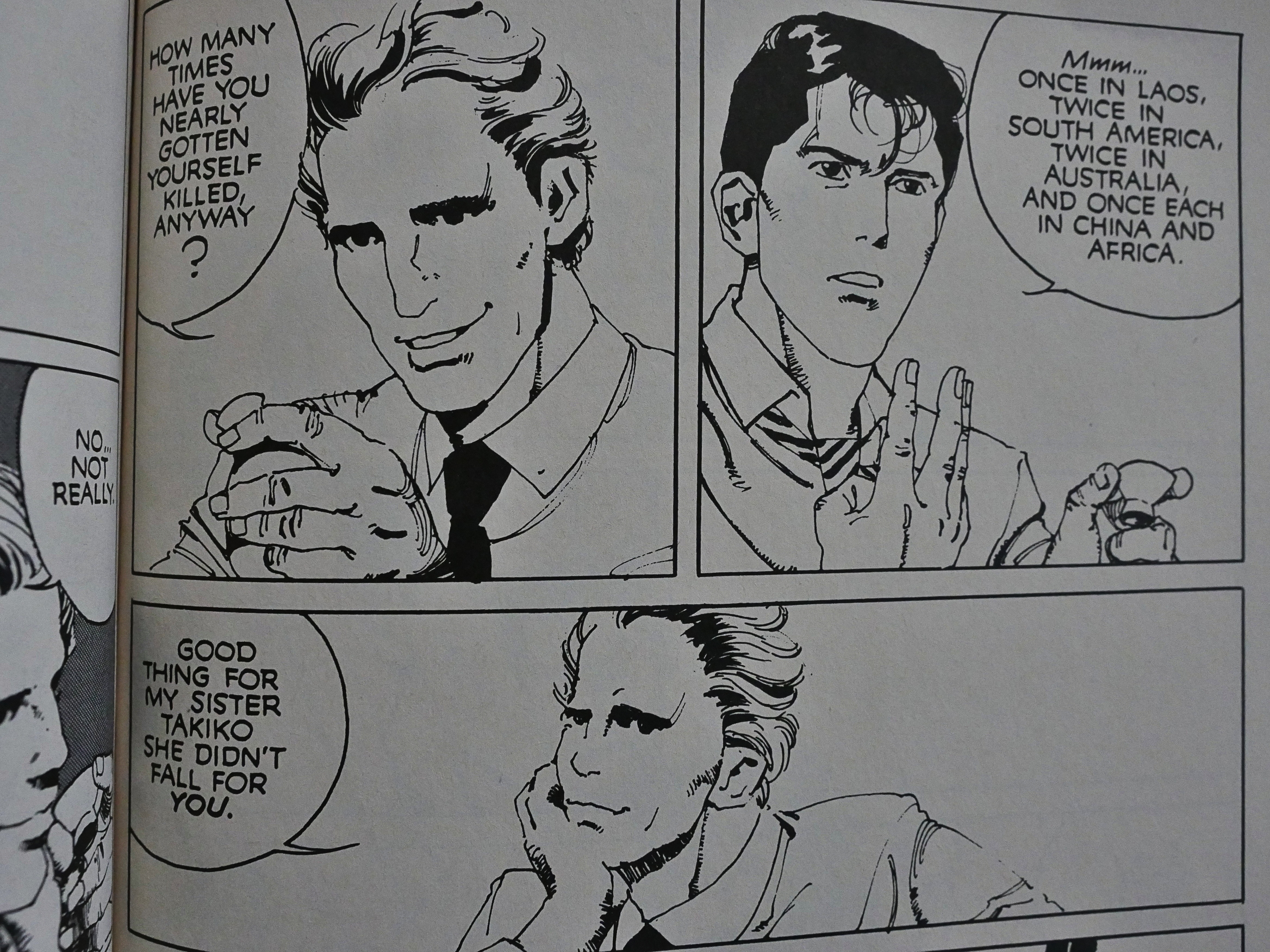
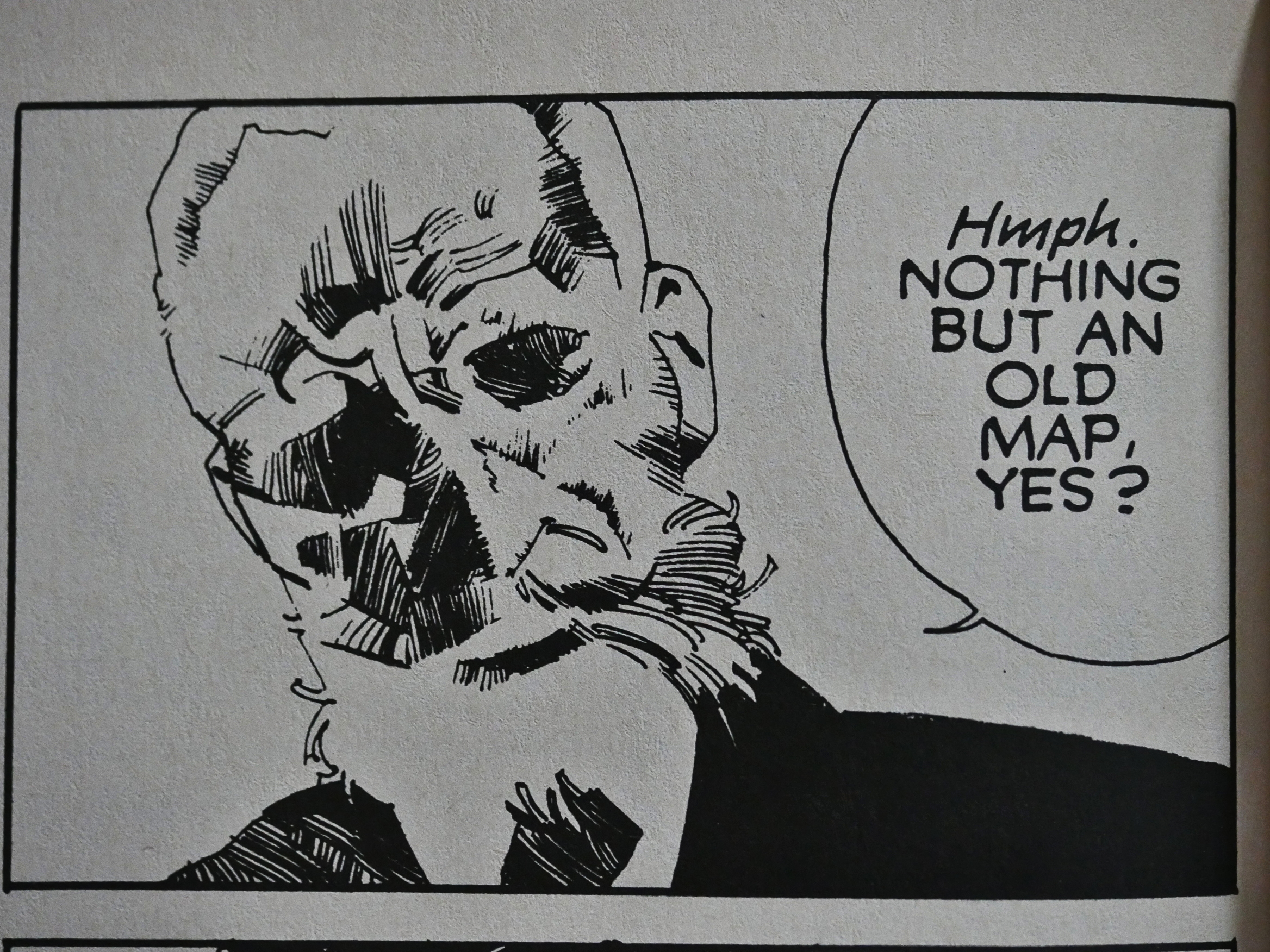
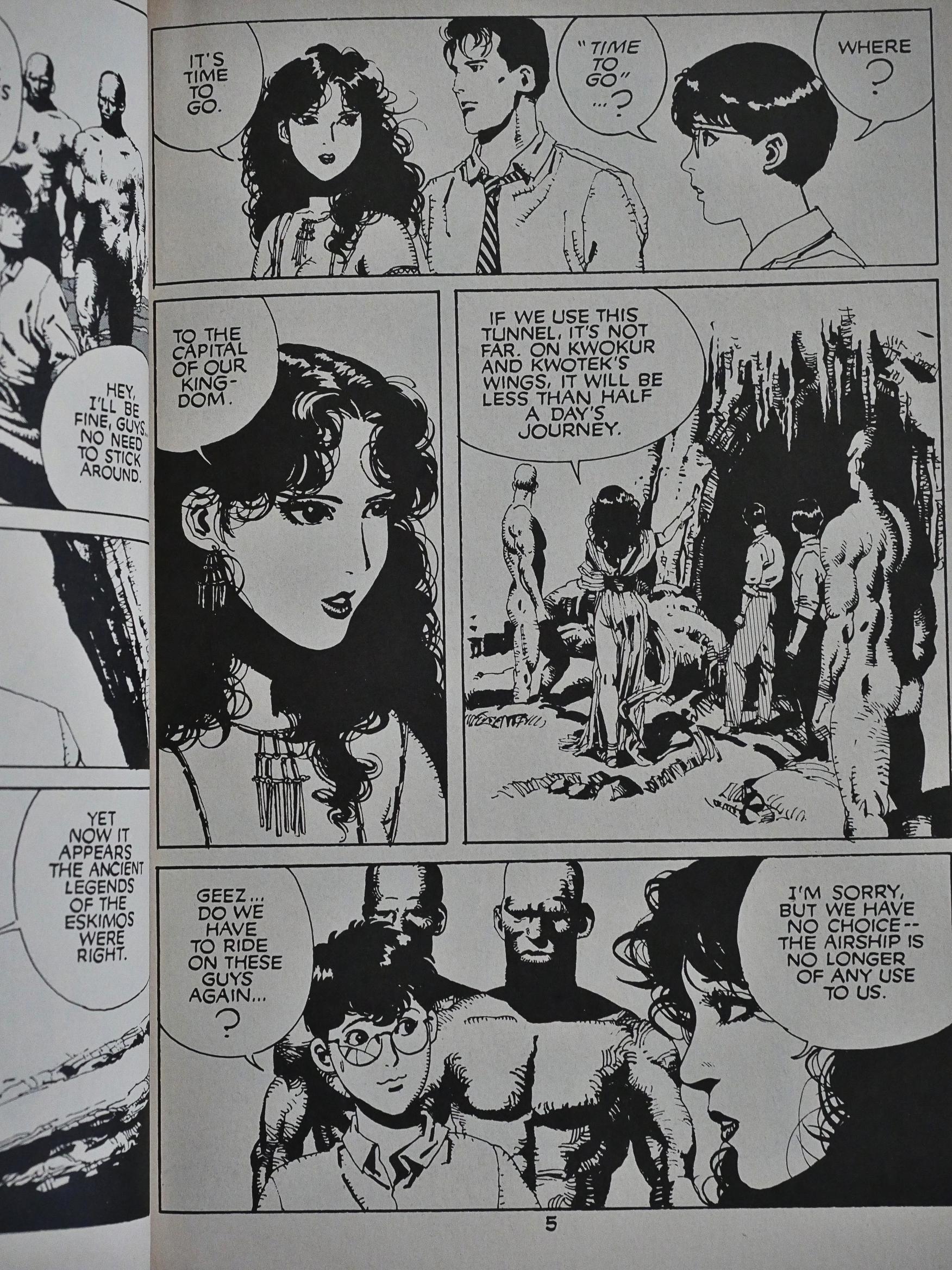
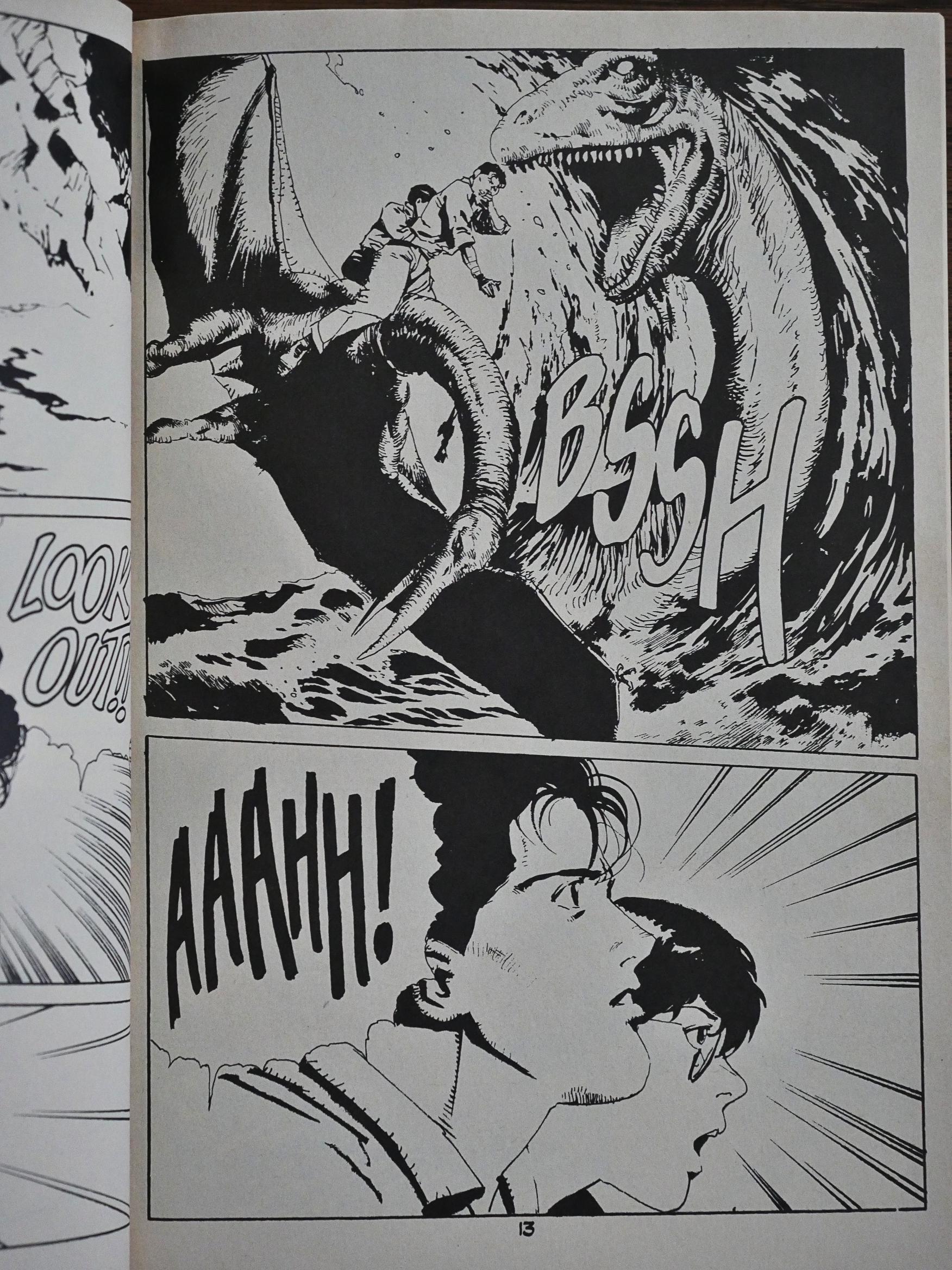
This is probably, one of the worst reviews I have ever seen.
Look for “record of Lodoss war” kiddo.
“Perhaps Yamada is one of those year Japanese comics artists working within the children’s comics business that doesn’t have a stable of assistants to do most of the drawing?”
I feel like I’m repeating myself, but for the benefit of visitors to your site not in the know, I have to again question your apparent disdain for the manga industry and point out your (slanderous?) errors. Though I enjoy your site and find a lot of your reviews very insightful, in every single manga review, you go out of your way to refer to them as “children’s comics,” something you almost never do in reviews of western comics. And while of course it’s true that Japan has a thriving children’s comic industry, many of the comics you’ve labeled as such, including this one, are NOT children’s comics. Lost Continent is a seinen comic, and was serialized in a seinen magazine, which is a portion of the manga industry marketed to young adult males. Children would have never been exposed to it.
I’m not defending the comic. I personally think it’s mediocre and most of the characters are difficult to distinguish from one another. But referring to all manga as “the children’s comics business” is simply factually wrong, as it’s just one part of an industry which has many different subdivisions catering to different demographics.
Also, it seems very judgemental to accuse manga artists of somehow being inferior for having assistants drawing backgrounds and doing toning work. That’s just how the industry is set up in order to allow the artist (who almost always is also the writer) to be able to turn out 30 pages of story every single week, something that would be impossible to do for a single artist doing all of the writing, penciling and inking on their own. Just as a Western comic usually has different people doing the writing, penciling, inking, lettering, and coloring, Japanese comics are also a team effort – an artist having assistants doing non-character artwork is the norm, and not seen an indication of laziness or lesser artistic integrity.
While I’m not a manga guy (I generally hate Manga and Japanimation, and the imitation of it by U.S. comics artists). But contrary to the above review, I really enjoyed this series. The empty spaces in the art project a quiet atmosphere that contrasts the more savage adventure sequences that occur later in the story. It’s about as clean and realistic as I’ve ever seen Japanese/Manga art look.
And I enjoyed the Edgar Rice Burroughs-ish aspects of the story, of an ancient hidden civilization inside the Earth, and their werewolf-like transformations into beast men (and women). That they are both a more advanced race than humans, and at the same time in aspects a more savage and primitive one.
I bought these as back issues, and in that respect I was able to enjoy the entire 6 issues in a very short time, instead of having to wait long months between chapters. And this series is apparently reprinted and translated from a series earlier published in Japan, from what years I don’t know.
But when published by Eclipse, issues 1 and 2 came out Oct 1990, 3 in Nov 1990, 4 in Feb 1991, 5 in March 1991, and 6 in April 1991. I think these were among the last series published by Eclipse before they went out of business in 1994, with a thinning output in those later years.
https://en.wikipedia.org/wiki/Eclipse_Comic
Tastes vary, I thought it was a good series. With a slightly different twist, it is in the same template as Burroughs’ PELLUCIDAR, or Arthur Conan Doyle’s LOST WORLD, or Mike Grell’s THE WARLORD.
I also like the covers and logo, in a more pulp-ish mode, devoid of the usual cover clutter and captions on most comics covers, that I thought gave the series a sophisticated look. And I like the completeness and closure he series has, something not the norm in comics.
It’s a series I’ve gone back and re-read every few years since it came out.
–Dave B. Ryan
From the artist’s profile on Wikipedia, he seems to be very renowned
https://en.wikipedia.org/wiki/Akihiro_Yamada#Selected_works
And LOST CONTINENT (also apparently published under the title LAST CONTINENT) appears to have been published initially in 1989, so this english-translated six-issue series by Eclipse was apparently published only about a year after he Japanese version.
Yamada is only 66 at the time of this writing (Jan 2024), so he was only about 33 when Eclipse published the series.
–Dave B. Ryan